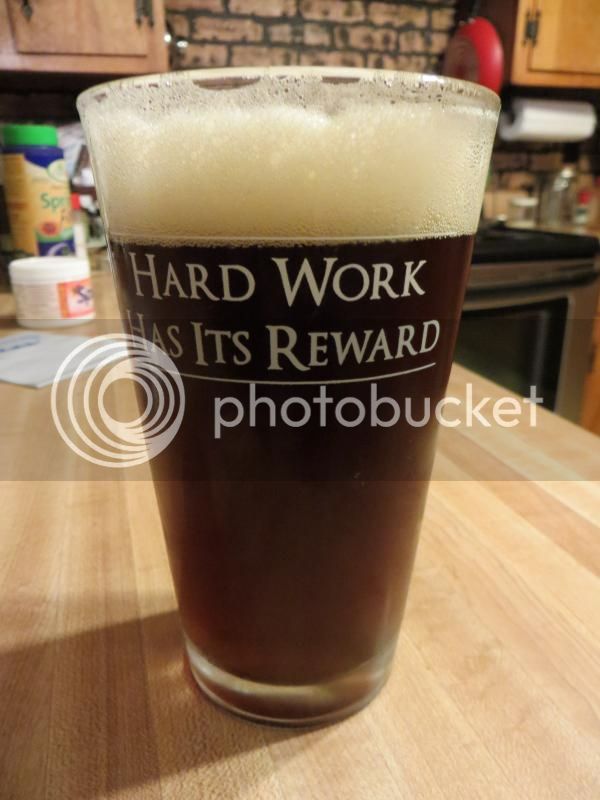Thig
Senior Member
- Joined
- Sep 14, 2012
- Messages
- 1,037
- Reaction score
- 227
I'll stick with the dishwasher to sanitize my beer bottles. Works great.
I will just stick with that, I like the idea of being to load that dish washer up and doing them all at one time on high heat and no soap.










